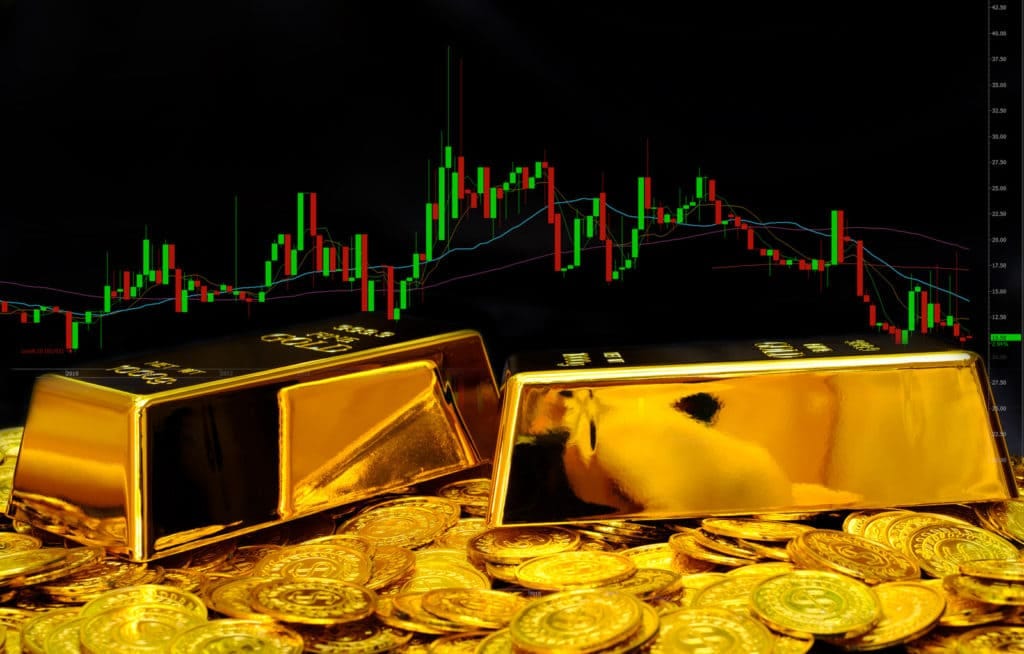The global gold market has been experiencing heightened volatility in recent weeks, driven by concerns surrounding inflation and mounting geopolitical risks. As the world’s most traded precious metal, gold often serves as a barometer of investor sentiment during times of economic instability. This year, gold prices have swung dramatically, with traders watching closely for potential corrections as inflationary pressures persist and uncertainty looms over global markets.
Inflation Pressures on the Rise
One of the primary factors driving volatility in the gold market has been inflation. In 2024, inflation continues to remain stubbornly high, particularly in major economies like the United States, the Eurozone, and emerging markets. Despite aggressive interest rate hikes by central banks, inflation has proven to be persistent, particularly in the services sector. While global headline inflation is expected to decrease from the highs seen in 2023, it remains well above pre-pandemic levels, leaving investors on edge.
Gold is traditionally seen as a hedge against inflation, which has spurred demand for the precious metal over the past year. However, rising interest rates—aimed at combating inflation—have complicated the gold outlook. Higher interest rates increase the opportunity cost of holding non-yielding assets like gold, leading to sell-offs whenever central banks signal further tightening. In the U.S., the Federal Reserve has taken a hawkish stance on monetary policy, raising interest rates to their highest levels in over a decade. This has placed downward pressure on gold prices, which have recently hovered around $1,900 per ounce.
Geopolitical Tensions Fuel Uncertainty
In addition to inflation concerns, geopolitical tensions are weighing heavily on the gold market. Ongoing conflicts, particularly in Eastern Europe and the Middle East, are creating an uncertain environment for global trade and supply chains. For instance, the war in Ukraine and escalating tensions in the Middle East have led to disruptions in energy markets, which in turn impact inflation and, by extension, the price of gold.
Gold is often seen as a “safe haven” asset during times of geopolitical instability, with investors flocking to it during periods of heightened risk. However, the intricate dynamics of today’s markets mean that even gold is subject to volatility. While the metal may see short-term gains during moments of acute crisis, overall price stability is challenged by the interplay between inflation expectations, central bank policies, and investor risk appetite.
Traders Eyeing Potential Price Corrections
As traders navigate these choppy waters, many are eyeing potential price corrections in the coming months. Some analysts predict that gold could experience further downside if inflation continues to moderate and central banks shift toward a more dovish monetary policy stance. However, should inflation persist or geopolitical risks escalate, gold could see renewed demand as a safe haven asset.
Market analysts are divided on the future trajectory of gold prices. While some see the potential for a continued decline in the short term, others believe that long-term structural factors—such as global debt levels and ongoing geopolitical instability—could underpin strong demand for gold in the years ahead.
As the global economy remains in flux, the gold market is expected to remain volatile, with prices reacting to each new development in inflation trends, monetary policy decisions, and geopolitical events. Investors will continue to keep a close eye on central banks and geopolitical hotspots to gauge the future direction of this historically important asset class.

